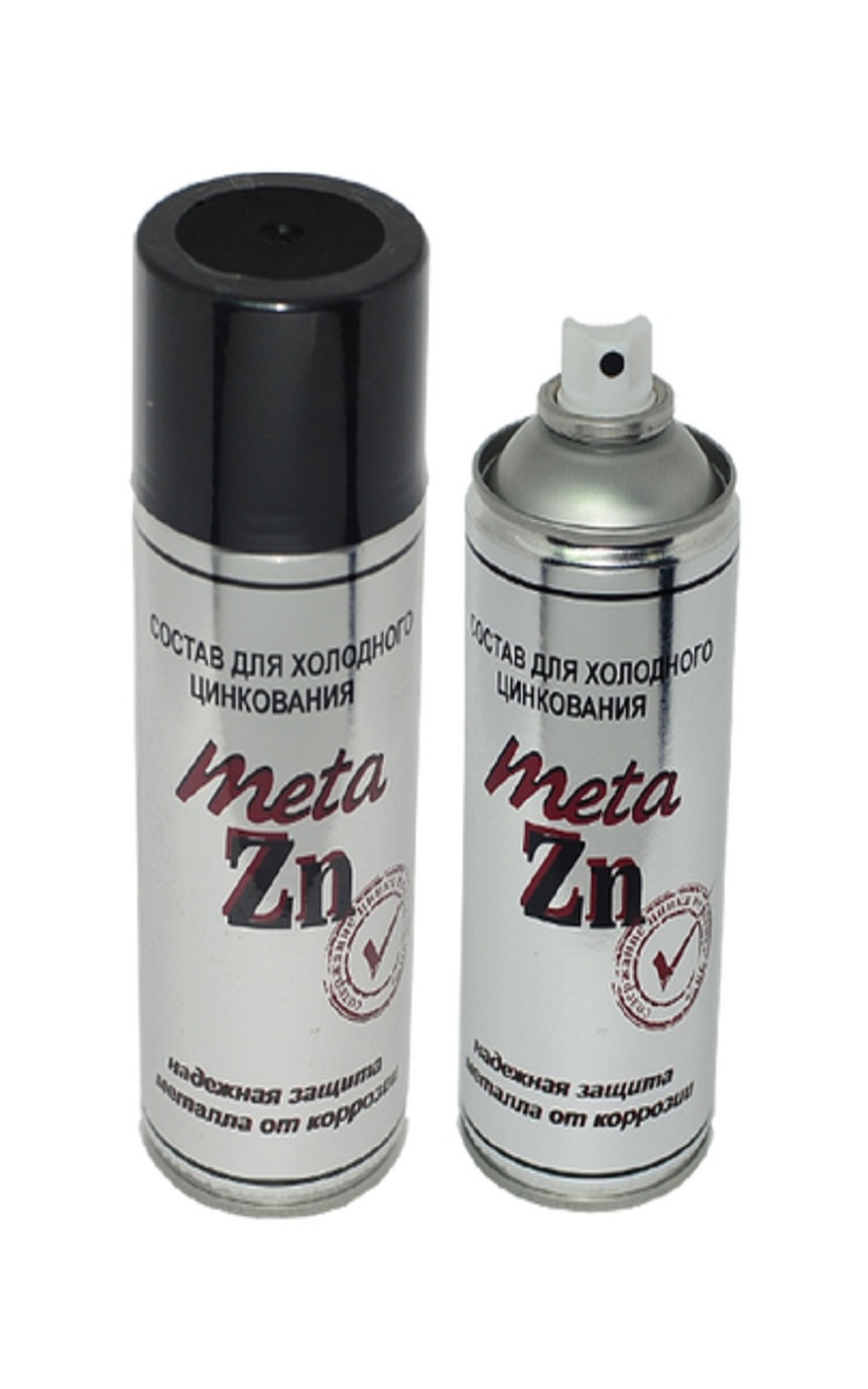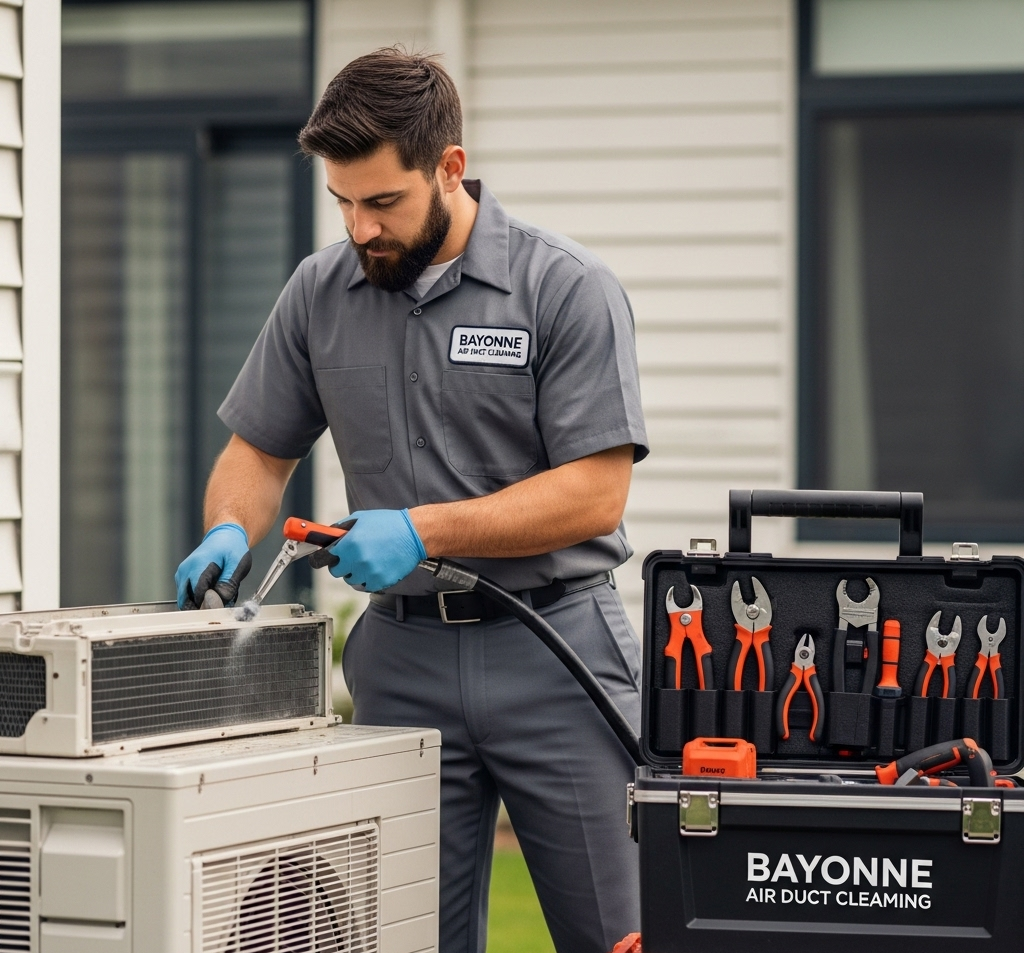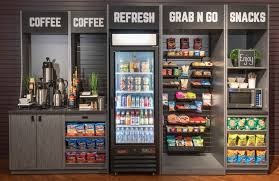Galvanized Zinc Paint and Aerosol Spray Paint suppliers
Introduction To Galvanized Zinc Paint
Galvanized zinc paint plays a vital role in protecting metals from corrosion, extending their lifespan, and maintaining their structural integrity. This paint is a popular choice for industries that require durable coatings for outdoor structures such as bridges, fences, pipelines, and buildings. The addition of zinc to the paint provides a protective layer that acts as a sacrificial anode, preventing the base metal from rusting and ensuring long-lasting protection.
In this comprehensive guide, we will dive into the details of galvanized zinc paint, its benefits, applications, and how it compares to other protective coatings. We will also explore its growing importance in industrial and DIY projects, and how to find reliable aerosol spray paint suppliers to source quality products for various applications.
What Is Galvanized Zinc Paint?
Galvanized zinc paint, also known as cold galvanizing paint, is a coating that contains high levels of zinc dust mixed into a binder. When applied to steel or other metals, the zinc in the paint provides a protective layer by adhering strongly to the metal surface. This coating prevents oxygen and moisture from penetrating the metal and causing rust. The paint is commonly used for touch-ups, repairs, and corrosion protection where hot-dip galvanization may not be feasible.
Composition of Galvanized Zinc Paint
The primary component of galvanized zinc paint is zinc dust, which is usually present in concentrations of 85% or higher. The zinc provides excellent corrosion resistance through a process called cathodic protection. The paint may also include solvents, binders, and additional chemicals that help enhance its durability, adhesion, and ease of application.
How Does Galvanized Zinc Paint Work?
Galvanized zinc paint offers corrosion resistance through two main mechanisms:
- Barrier Protection: The paint creates a physical barrier between the metal and the surrounding environment. This prevents water, oxygen, and other corrosive elements from reaching the metal surface, significantly reducing the chances of rust formation.
- Cathodic Protection: Zinc is a more reactive metal than steel. When zinc is in direct contact with steel, it corrodes in place of the steel (this is called sacrificial corrosion). Even if the galvanized zinc paint layer is damaged or scratched, the zinc particles will continue to protect the underlying metal from corrosion.
Benefits of Using Galvanized Zinc Paint
Galvanized zinc paint offers a range of benefits that make it a preferred choice for protecting metal surfaces in various industries:
- Cost-Effective: Compared to traditional hot-dip galvanization, applying galvanized is a more cost-effective solution for both small-scale and large-scale projects. It eliminates the need for transporting bulky structures to galvanizing plants and offers an affordable way to prevent corrosion.
- Ease of Application: The paint can be easily applied using a brush, roller, or spray, making it ideal for touch-ups, repairs, or situations where galvanization may be impractical. For added convenience, galvanized is available in aerosol cans, making application simpler for DIY projects.
- Durability: Once applied, the zinc particles in the paint form a robust protective layer that provides long-lasting protection against rust. It can withstand exposure to harsh environmental conditions, including moisture, humidity, and salt, making it a suitable choice for coastal and industrial environments.
- Versatility: Galvanized is compatible with a wide range of metal surfaces, including steel, iron, and aluminum. This versatility makes it a popular option across many industries such as construction, automotive, and marine.
- Environmentally Friendly: The zinc used in the paint is non-toxic, and many manufacturers are now developing formulations that are free of harmful volatile organic compounds (VOCs), making it a more environmentally conscious choice.
Applications of Galvanized Zinc Paint
Galvanized zinc paint is commonly used in various industries where metal structures are exposed to environmental stressors such as moisture, saltwater, or chemicals. Some key applications include:
- Construction and Infrastructure: Galvanized zinc paint is widely used to protect structural steel elements in buildings, bridges, and pipelines. These metal components are often exposed to outdoor conditions and require a high level of corrosion resistance to ensure their longevity.
- Marine and Coastal Environments: Saltwater is highly corrosive, and metal structures near or in the ocean, such as piers, docks, and offshore oil rigs, can benefit significantly from zinc paint. The cathodic protection provided by the zinc particles makes this paint particularly effective in marine applications.
- Automotive Industry: Galvanized zinc paint is frequently used in the automotive industry to protect vehicle components such as frames, undercarriages, and exhaust systems from rust. The paint is also used in repairing and touching up galvanized surfaces on vehicles.
- Agriculture and Farming Equipment: Equipment and machinery used in farming are often exposed to harsh environmental conditions, such as mud, moisture, and chemicals. Galvanized is a preferred solution for protecting this equipment from corrosion and extending its operational life.
- Industrial Machinery: Factories and industrial facilities often utilize metal machinery that is exposed to corrosive environments due to chemicals, high humidity, or temperature changes. Galvanized zinc paint can help prevent the corrosion of these valuable machines.
- DIY Projects and Home Maintenance: Galvanized zinc paint is popular in DIY projects where homeowners wish to protect metal fixtures like fences, gates, and outdoor furniture from rust. It’s also useful for touch-up jobs on existing galvanized surfaces, especially when hot-dip galvanizing isn’t possible.
Aerosol Spray Paint Suppliers: Why You Need a Trusted Source
For projects that require ease of use, aerosol spray versions of galvanized zinc paint are widely available. These aerosol cans are ideal for small touch-up jobs, DIY applications, and hard-to-reach areas where traditional painting methods may not be practical.
When selecting a supplier of aerosol spray paint, it is crucial to choose a trusted and reliable source. Some factors to consider when evaluating aerosol spray paint suppliers include:
- Product Quality: High-quality paint ensures better adhesion, coverage, and durability. Look for suppliers who offer products with high zinc content, as this directly impacts the corrosion protection provided by the paint.
- Reputation and Reviews: Research the reputation of the supplier by reading customer reviews and testimonials. A trusted supplier will have positive feedback from customers who are satisfied with the product’s performance.
- Compliance with Standards: Ensure the supplier adheres to safety and quality standards. The paint should meet regulatory requirements regarding VOC content, environmental safety, and performance specifications.
- Product Range: A good supplier will offer a variety of products, including different formulations and sizes. Whether you need zinc paint for industrial applications or a small DIY project, the supplier should be able to meet your needs.
- Customer Service and Support: Reliable suppliers provide excellent customer service and support. They should be available to answer any questions, provide technical advice, and guide you in selecting the right product for your project.
Comparing Galvanized Zinc Paint to Other Protective Coatings
When considering corrosion protection for metal surfaces, galvanized zinc paint stands out due to its unique properties, but it’s important to understand how it compares to other coatings:
- Hot-Dip Galvanizing: Hot-dip galvanizing involves dipping metal components into molten zinc to form a protective layer. While this method provides excellent corrosion protection, it is often impractical for large structures or touch-up work, making galvanized zinc paint a better option in these scenarios.
- Epoxy Paint: Epoxy coatings offer strong adhesion and are widely used in industrial environments. However, unlike galvanized zinc paint, epoxy coatings do not provide cathodic protection, making them less effective in preventing rust once the coating is damaged.
- Powder Coating: Powder coating is a durable option that provides a hard, protective finish. While it offers good resistance to abrasion and chemicals, it lacks the sacrificial corrosion protection that zinc-based coatings provide.
- Polyurethane Coating: Polyurethane coatings are often used for their durability and resistance to weathering. However, they are more expensive and require a more complex application process compared.
Conclusion
Galvanized zinc paint offers a highly effective, affordable, and versatile solution for protecting metal surfaces from corrosion. Its ability to provide both barrier and cathodic protection makes it an ideal choice for a wide range of applications, from industrial machinery to DIY home projects. Additionally, the convenience of aerosol spray cans further enhances its usability in touch-up jobs and hard-to-reach areas.
To ensure you are getting the best product for your needs, it is important to work with reputable aerosol spray paint suppliers who provide high-quality paints that meet industry standards. With the right supplier and product, galvanized can significantly extend the lifespan of your metal structures, saving time and money on repairs and replacements.
By understanding the benefits and applications of zinc paint, you can make an informed decision about protecting your metal assets from the ravages of corrosion, ensuring they remain in top condition for years to come.













Post Comment